https://www.spreaker.com/user/cbanks/special-guest-ira-pastor-ceo-bioquark
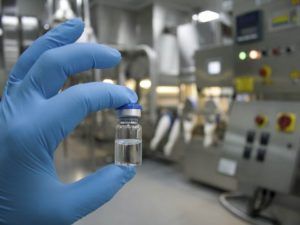

AgeX, one of our supported startups aiming at turning basic research into actual rejuvenation therapies for human application, just published a breakthrough genetic discovery that could enable us to activate tissue regeneration capabilities in humans.
Dr. Mike West, CEO of AgeX, will also be presenting at undoing-aging.org
_______
More info on Forever Healthy: forever-healthy.org
You can join the FH community here: fb.com/groups/foreverhealthy.org
#foreverhealthy #undoingaging
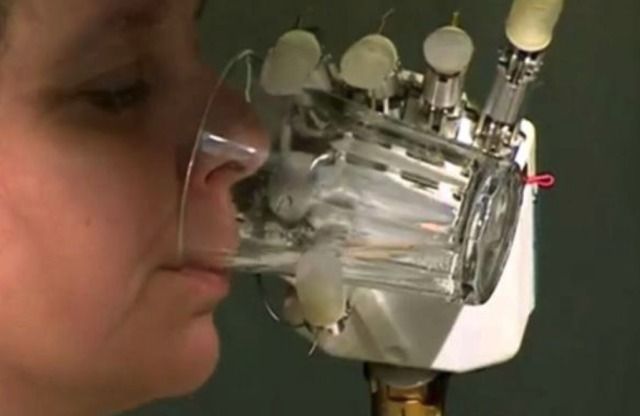
Prosthetics have improved my leaps and bounds over the past century and we’ve reached a point where someone with an artificial limb is often just as capable (and in some cases even more capable) than a person with their natural arms and legs. Still, prosthetics have long fell short in one very important aspect, which is the sense of touch afforded by human skin. That could all be changing thanks to an incredible breakthrough that has provided a woman with a bionic hand that can actually feel.
Almerina Mascarello lost her left hand and part of her forearm in an accident more than two decades ago, and was chosen as one of the test subjects for a new type of prosthetic that relays the feeling of touch to the wearer. Remarkably, it seems to work brilliantly.
Don’t Miss : Apple brand battery cases for the iPhone 6/6s and iPhone 7 are discounted on Amazon.

What if scientists could develop an opioid-based painkiller that is not addictive and has limited side effects?
That is possible based on new findings by an international team of scientists that included contributions from top researchers at the USC Michelson Center for Convergent Bioscience.
The international team captured the crystal structure of the kappa opioid receptor—critical for providing pain relief—in action on the surface of human brain cells. The researchers also made another important discovery: a new opioid-based compound that, unlike current opioids, activates only the kappa opioid receptor, raising hopes that they may develop a painkiller that has no risk of addiction and, therefore, none of the devastating consequences and side effects that accompany it.

Call it whatever you like—a blue red moon, a purple moon, a blood moon—but the moon will be a special sight on Jan. 31.
Three separate celestial events will occur simultaneously that night, resulting in what some are calling a super blue blood moon eclipse. The astronomical rarity hasn’t happened for more than 150 years.
A super moon, like the one visible on New Year’s Day, is the term for when a full moon is closest to the Earth in its orbit, appearing bigger and brighter than normal.
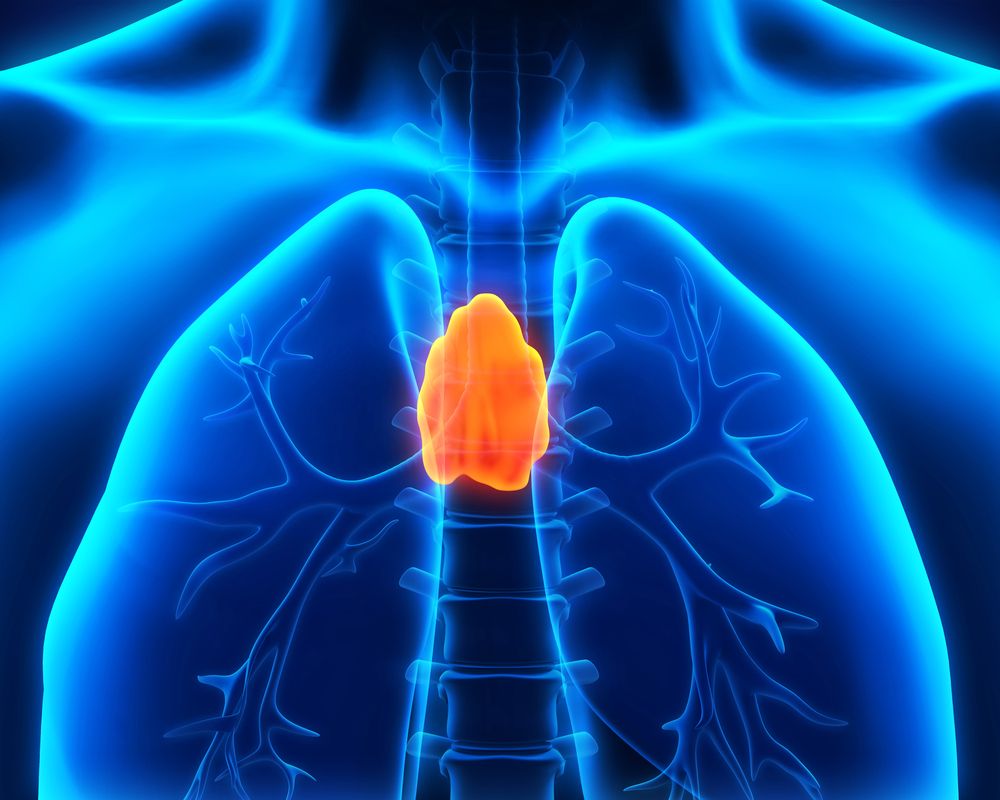
Today, we are going to take a look at a new study in which scientists at the Walter and Eliza Hall Institute of Medical Research have recently identified a type of cell that appears to be implied in thymic involution—the shrinking of the thymus[1].
Thymic involution is somewhat of a mystery in biology, a phenomenon that isn’t fully understood that happens to everyone with age and is a driving cause of immunosenescence, the age-related decline in our immune systems’ ability to fight disease. This new study helps to shed light on why it happens.

Contact-free measurement of vital signs is already a reality, but with a few important limitations some of which researchers at Cornell University may be able to overcome. Currently used devices typically require the patient to be in close proximity to the sensor, and they’re only able to measure the breathing and heart rates, along with body movement.
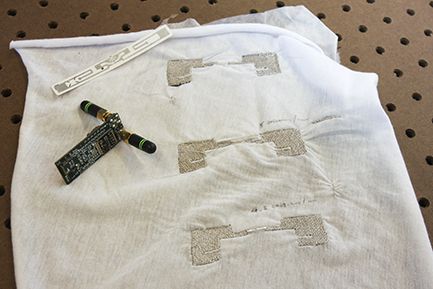
Technology developed at Cornell involves tags worn on clothing, or just placed near the patient, that emit radio waves toward the lungs and heart to measure their activity accurately, while allowing the patient to move around. Additionally, blood pressure may also be measured this way, but more work will be required to validate the technology.
The new technique relies on so-called near-field coherent sensing, which allows each tag to have a unique radio signal. This permits many patients in the same facility to be monitored uniquely and without any interference.

Today, we have a new paper that discusses how induced pluripotency and cellular senescence, two of several possible cellular states, share similarities[2]. It is likely no surprise that the two states are closely related and that some of the mechanisms for one process are shared by the other. It appears that certain key signaling molecules are important in determining both cell fate and senescence.
Controlling cell behavior in living animals
As our understanding of guiding cell fate grows rapidly by the passing year, it has huge implications for therapies that seek to control cellular activities and encourage certain types of cells to be created. Research is now starting to move beyond the petri dish and to where cells are being programmed in situ in living animals.
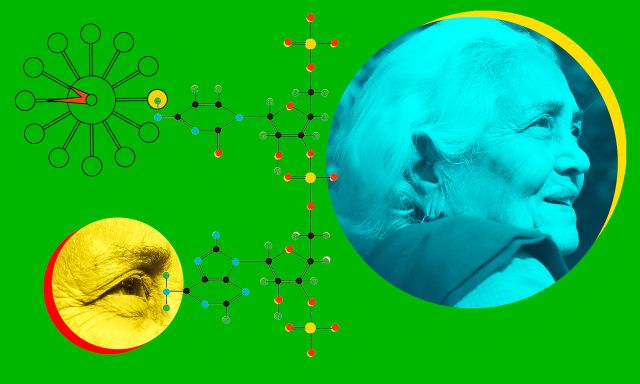
Dr. Oliver Medvedik Vice President of LEAF appears in this new TED interview where he talks about aging research and the possibilities of future medicine.
Aging happens to all of us, but scientists still don’t know the mechanism behind it. We need to focus on finding an answer, says molecular biologist Oliver Medvedik.
If given the option, would you choose to live forever? Many of us would say “yes,” but with one major caveat: just as long we don’t age. In scientific terms, aging means “a progressive loss of fitness in an organism over time,” says molecular biologist and TED Fellow Oliver Medvedik. What causes this loss of fitness in humans is multifaceted, although scientists are exploring different theories including — and these are just a few of the many avenues of research — the deterioration of the health of our telomeres (the ends of our chromosomes), changes in cell mitochondria, inefficient clearance of damaged cell proteins, and the senescence of stem cells, leading to chronic inflammation and a depletion of stem cells.
Although it causes a loss of fitness and health, aging is not seen as a disease. “The FDA defines a disease as something that afflicts only a segment of the population. But aging affects everyone,” says Medvedik, the co-founder of Genspace, a citizen science biotech lab, and a professor of bioengineering at the Cooper Union in New York City. And because aging is not considered a disease by the government, it limits the amount of federal funding available in order to study it.
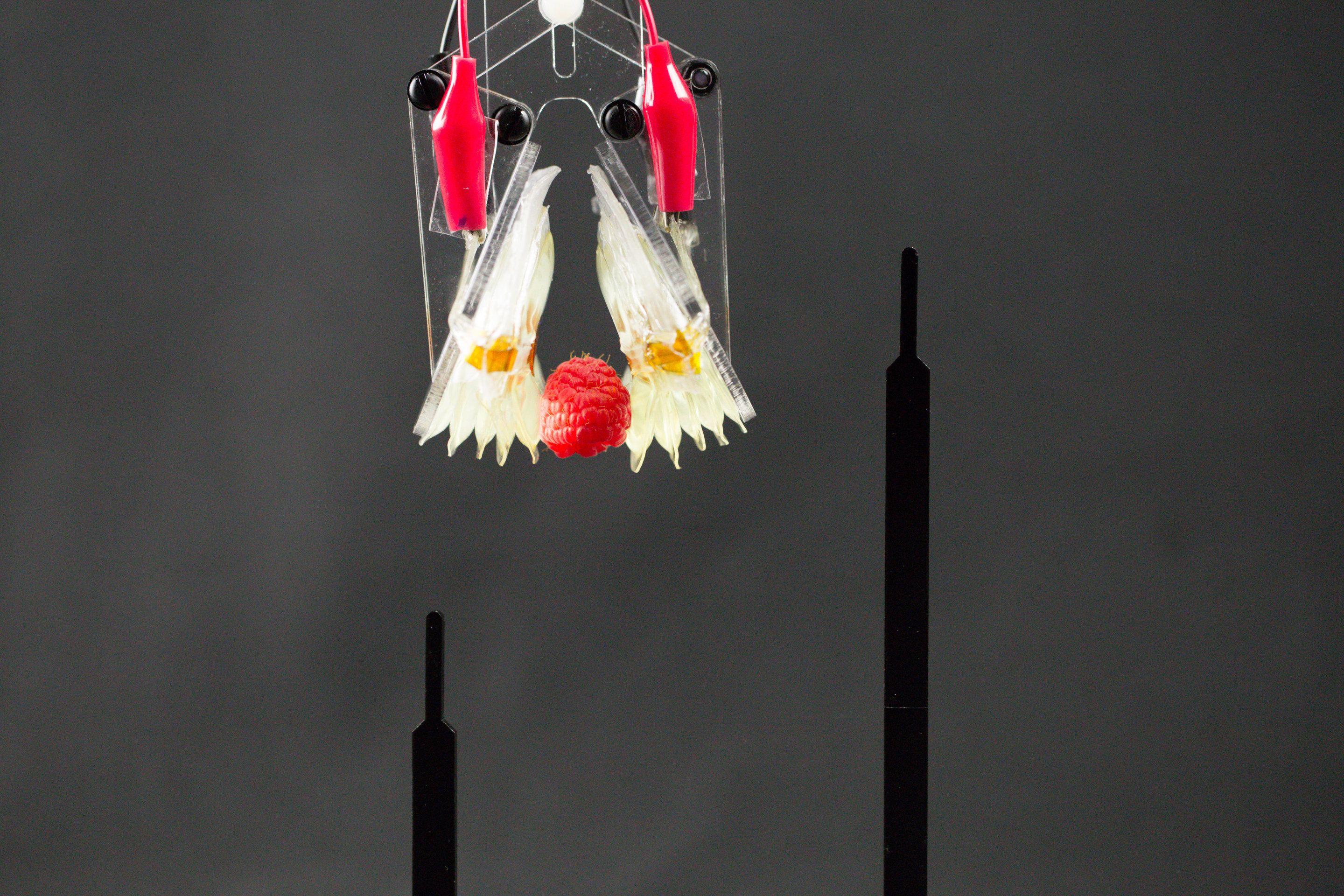
In the basement of the Engineering Center at the University of Colorado Boulder, a group of researchers is working to create the next generation of robots. Instead of the metallic droids you may be imagining, they are developing robots made from soft materials that are more similar to biological systems. Such soft robots contain tremendous potential for future applications as they adapt to dynamic environments and are well-suited to closely interact with humans.
A central challenge in this field known as “soft robotics” is a lack of actuators or “artificial muscles” that can replicate the versatility and performance of the real thing. However, the Keplinger Research Group in the College of Engineering and Applied Science has now developed a new class of soft, electrically activated devices capable of mimicking the expansion and contraction of natural muscles. These devices, which can be constructed from a wide range of low-cost materials, are able to self-sense their movements and self-heal from electrical damage, representing a major advance in soft robotics.
The newly developed hydraulically amplified self-healing electrostatic (HASEL) actuators eschew the bulky, rigid pistons and motors of conventional robots for soft structures that react to applied voltage with a wide range of motions. The soft devices can perform a variety of tasks, including grasping delicate objects such as a raspberry and a raw egg, as well as lifting heavy objects. HASEL actuators exceed or match the strength, speed and efficiency of biological muscle and their versatility may enable artificial muscles for human-like robots and a next generation of prosthetic limbs.